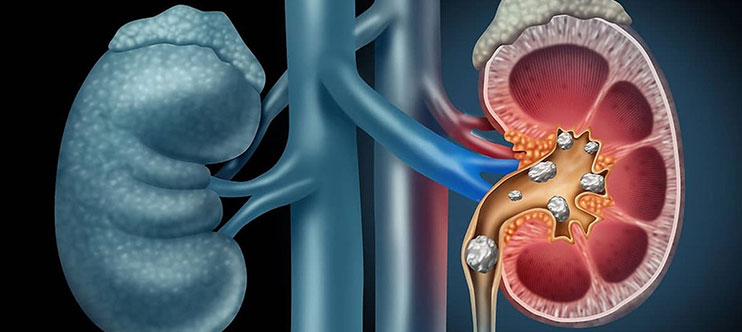

Ureteroscopy (URS) and Retrograde Intrarenal Surgery (RIRS) are advanced, minimally invasive procedures used for the diagnosis and treatment of urinary tract conditions, primarily targeting ureteric and renal stones. Both procedures involve the insertion of a specialized ureteroscope through the urethra to access the ureter and kidneys without external incisions, making them highly effective in managing urinary tract obstructions.
URS (Ureteroscopy)
Ureteroscopy (URS) is a minimally invasive procedure used to diagnose and treat problems in the ureters and kidneys, most commonly ureteric and renal stones. A ureteroscope (a thin, flexible or rigid tube with a camera and light) is inserted through the urethra and bladder to access the ureter and kidneys. URS allows for the direct visualization, fragmentation, and removal of stones or evaluation of other ureteric abnormalities.
Indications
- Ureteric Stones: Removal or fragmentation of stones lodged in the ureter
- Kidney Stones: Treatment of small kidney stones located near the renal pelvis.
- Ureteric Strictures: Diagnosis and treatment of narrowing of the ureters.
- Evaluation of Hematuria: Investigation of unexplained blood in the urine.
- Ureteric Tumors: Diagnosis and biopsy of abnormal growths.
Procedure
- Preoperative Preparation: Patient evaluation, imaging (CT or ultrasound), and antibiotic prophylaxis.
- Insertion of Ureteroscope: The ureteroscope is advanced through the ureteric orifice into the ureter or renal pelvis.
- Stone Fragmentation and Removal
- Stent Placement (if required): A DJ stent may be placed to promote healing and prevent obstruction.
RIRS (Retrograde Intrarenal Surgery)
RIRS (Retrograde Intrarenal Surgery) is an advanced minimally invasive procedure performed to treat kidney stones located in the renal pelvis or calyces. A flexible ureteroscope is used to access the kidney through the urethra, bladder, and ureter. Laser lithotripsy is typically used to fragment and vaporize the stones, allowing them to pass naturally or be extracted.
Indications
- Renal Stones: Treatment of stones less than 2 cm in size located in the renal pelvis or calyces.
- Residual Stones After PCNL/URS: Clearance of fragments post-procedure.
- Treatment of Upper Ureteric Stones: Stones that have migrated or are difficult to reach with standard URS.
- Biopsy and Evaluation:For suspicious renal lesions or tumors.
Procedure
- Preoperative Assessment: Imaging with CT scan or ultrasound to assess stone size and location.
- Insertion of Flexible Ureteroscope: A cystoscope is passed through the urethra and bladder.
- Laser Lithotripsy and Stone Fragmentation: A Holmium laser is used to fragment or vaporize stones into smaller pieces.
Benefits of URS and RIRS
- High Success Rate
- Short Hospital Stay
- Faster Recovery
- Prevents Kidney Damage
URS (Ureteroscopy) and RIRS (Retrograde Intrarenal Surgery) are advanced, minimally invasive procedures that play a crucial role in the diagnosis and management of ureteric and renal stones. While URS is primarily used for treating ureteric stones, RIRS is preferred for addressing kidney stones located in the renal pelvis and calyces. Both procedures offer excellent outcomes with minimal risks, ensuring faster recovery and long-term relief from urinary tract issues.